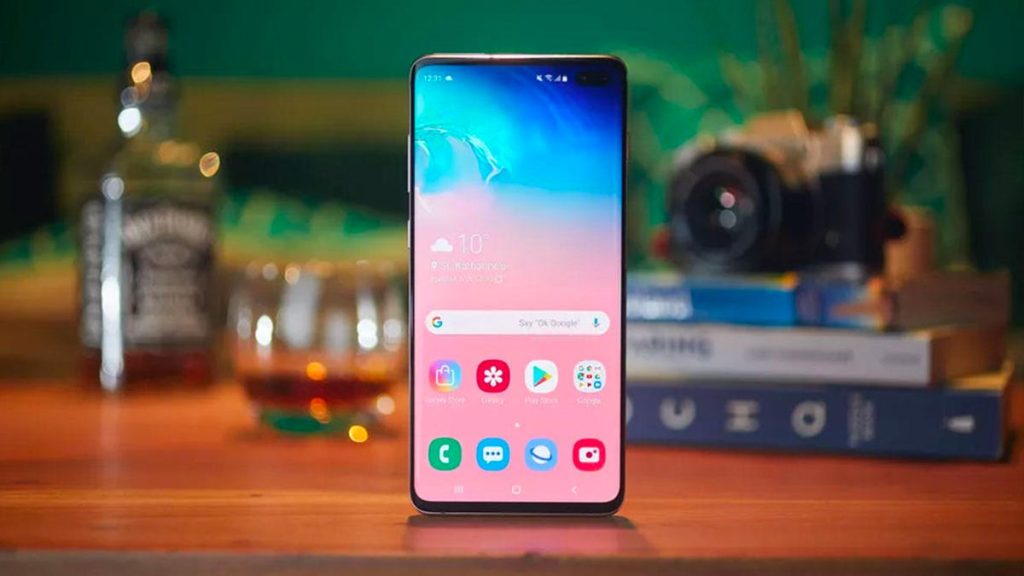To ensure your Android device is running smoothly, it is important to take care of it through routine maintenance and upkeep. Cleaning the exterior of your phone is essential to prevent dust, dirt, and gunk from collecting in the charging ports and speakers. This not only affects hygiene but can also shorten the lifespan of your phone. The most important maintenance work is under the hood, including changing phone settings that may have never been touched before. With just a few minutes of investment, you can improve the performance of your Android phone and make it look and feel new until you decide to upgrade. Additionally, if you are considering a new device, it is worth checking out the best Android phones available this year.
One important tip for keeping your Android phone in top shape is to delete any forgotten apps that you no longer use. These apps take up storage space and may have access to personal information or permissions that could compromise your privacy. By deleting these apps, you can free up storage and enhance the performance of your device. Another way to free up storage is by going through the files saved on your phone. Using the built-in Files app, you can easily manage and delete unnecessary files to optimize storage space on your Android phone.
Customizing your home screen settings can give your Android phone a fresh new look and feel. Android offers a high level of customization options, allowing you to personalize your phone with app icon packs and different launchers. Start by exploring the home screen settings provided by your phone, where you can adjust settings such as the size of the app grid and notification viewing options. Making subtle tweaks to your home screen can make a significant difference in how your device looks and feels. Experiment with different settings to find a layout that suits your preferences.
Optimizing your device settings is essential for getting the most out of your Android phone. By adjusting settings like dark mode and disabling automatic app icon placement on your home screen, you can improve the overall performance and battery life of your device. Taking the time to customize your settings to suit your needs can enhance your user experience and make your Android phone more efficient. Additionally, checking and adjusting your privacy settings is crucial to protect your personal data. Through the Permissions Manager in the Settings app, you can control which apps have access to sensitive information like location, contacts, and camera.
In conclusion, regularly maintaining and optimizing your Android device is essential for keeping it running smoothly and efficiently. By following simple tips such as deleting unused apps, freeing up storage space, customizing home screen settings, optimizing device settings, and adjusting privacy options, you can ensure that your Android phone remains in top condition. Whether you are looking to improve the performance of your current device or considering upgrading to a new Android phone, these maintenance practices can help you make the most of your device. By taking care of your Android phone, you can enjoy a seamless and hassle-free user experience for years to come.


